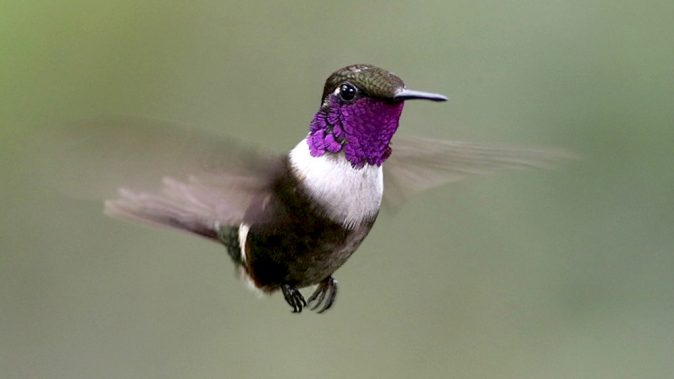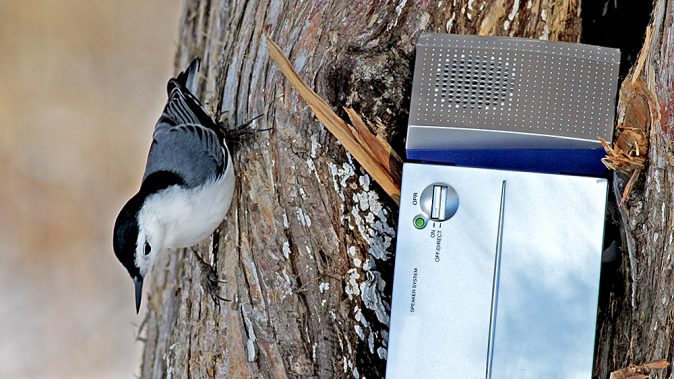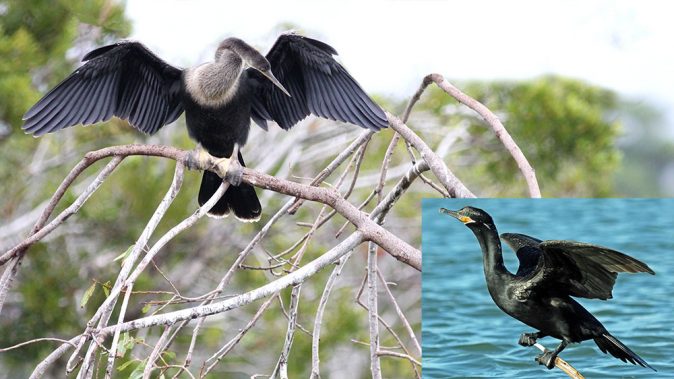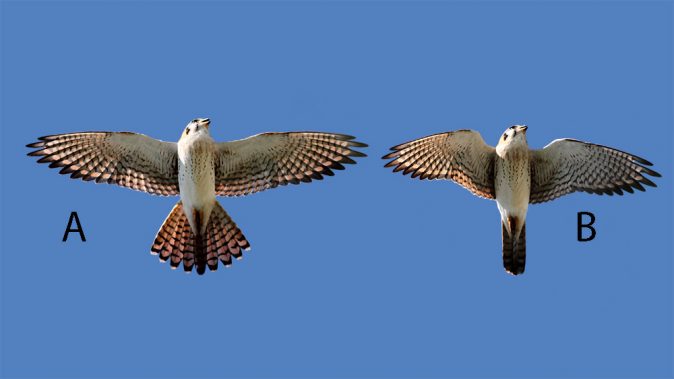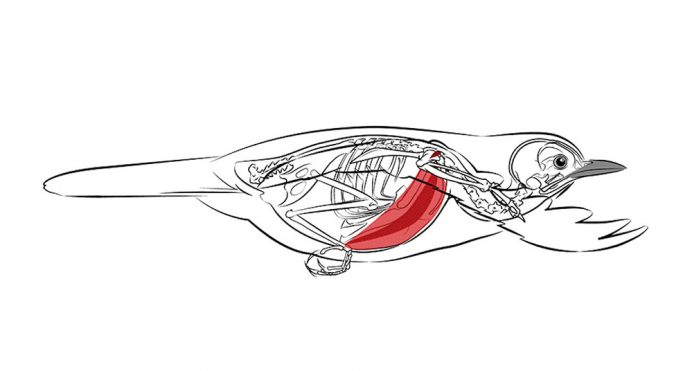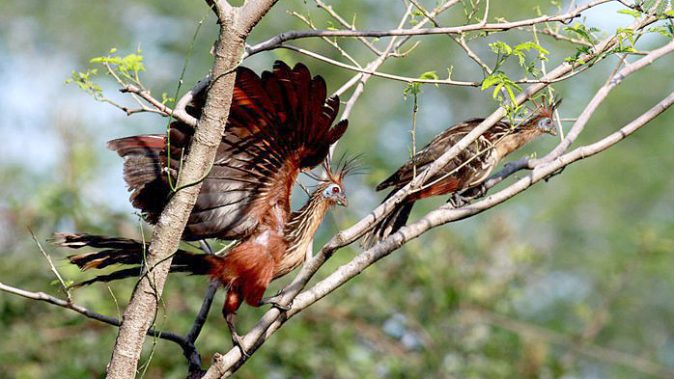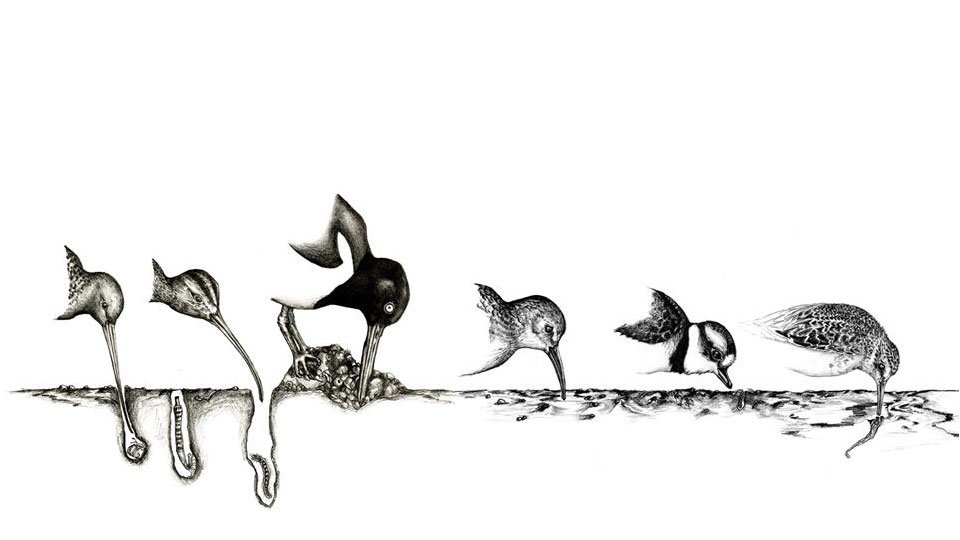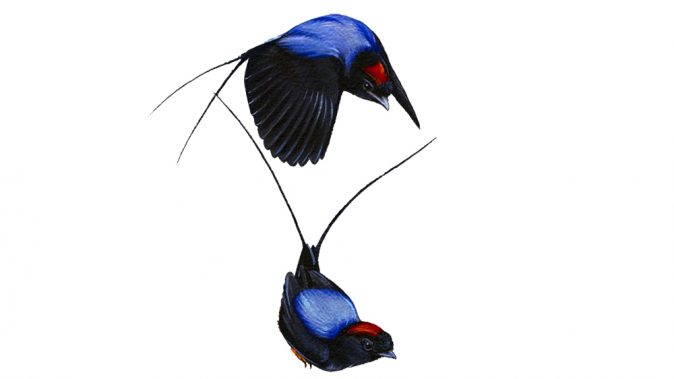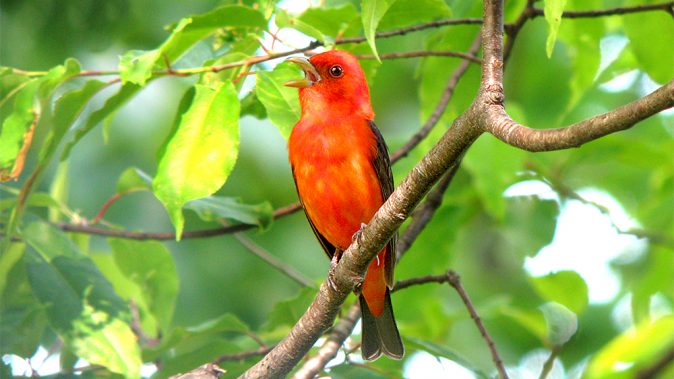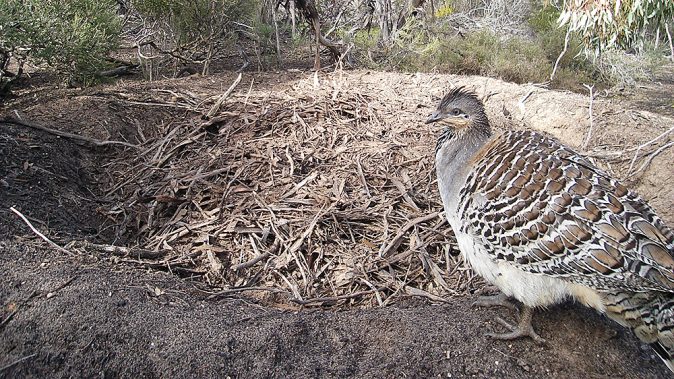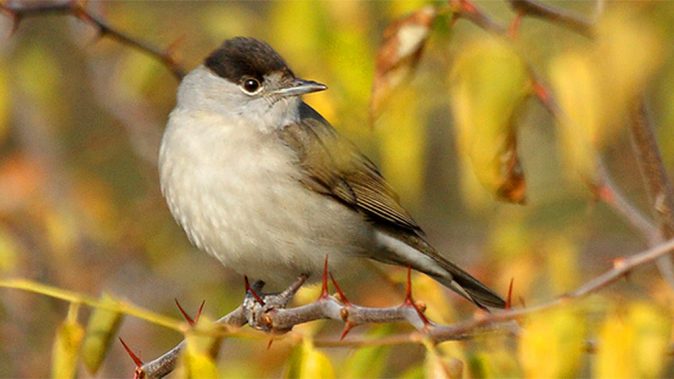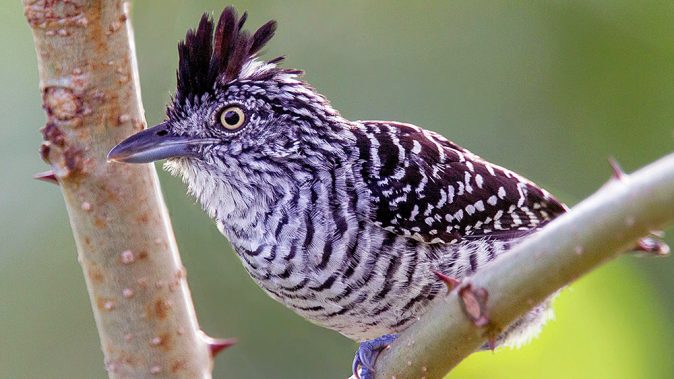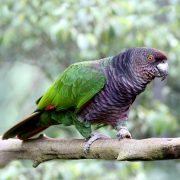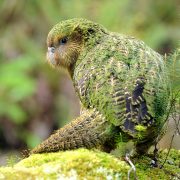Explore a Free Quiz From the Cornell Lab’s Ornithology Course
This quiz will give you a taste of what you’ll learn from Ornithology: Comprehensive Bird Biology. Explore sample questions to see how this course can help you study birds.
Quiz Summary
0 of 15 Questions completed
Questions:
Information
You have already completed the quiz before. Hence you can not start it again.
Quiz is loading…
You must sign in or sign up to start the quiz.
You must first complete the following:
Results
Results
0 of 15 Questions answered correctly
Time has elapsed
Categories
- Not categorized 0%
- Matching 0%
- MultiChoice-MultiAnswers 0%
- Multiple Choice 0%
- True/False 0%
-
There’s a lot more to explore in the full Ornithology: Comprehensive Bird Biology course. It’s all about studying birds at your own pace using the Handbook of Bird Biology, 3rd Edition and accompanying online resources.
- 1
- 2
- 3
- 4
- 5
- 6
- 7
- 8
- 9
- 10
- 11
- 12
- 13
- 14
- 15
- Current
- Review / Skip
- Answered
- Correct
- Incorrect
-
Question 1 of 15
1. Question
Chapter 1. Why Study Birds?
Which of the following statements about birds and the study of birds are correct?
(Choose all correct answers)
CorrectIncorrect -
Question 2 of 15
2. Question
Chapter 2. Avian Diversity and Classification

Purple-throated Woodstar, Ecuador
A beautifully preserved hummingbird fossil was recently discovered in France. What are some lessons we can learn from this finding?
(Choose all correct answers)
CorrectIncorrect -
Question 3 of 15
3. Question
Chapter 3. How Birds Evolve

White-breasted Nuthatch by a speaker
Researchers sometimes use song playback experiments to discover whether birds recognize each other as members of the same species. If birds of different populations or species do not recognize each other, it would be an example of _______.
(Choose the one best answer)
CorrectIncorrect -
Question 4 of 15
4. Question
Chapter 4. Feathers and Plumages

Anhinga on left, Neotropic Cormorant on right
If a cormorant and an Anhinga of equal dry weight dived into the water and then climbed back out again, which one of them (while still wet) would weigh more (assuming they ate the same weight of fish while in the water)?
(Choose the one best answer)
CorrectIncorrect -
Question 5 of 15
5. Question
Chapter 5. Avian Flight

American Kestrel, composite photo
In which posture does this American Kestrel generate the most lift?
CorrectIncorrect -
Question 6 of 15
6. Question
Chapter 6. Avian Anatomy

When the pectoralis muscle pulls the wing down in flight, the supracoracoideus muscle contracts.
CorrectIncorrect -
Question 7 of 15
7. Question
Chapter 7. Bird Physiology

Hoatzins, Venezuela
Which of the following statements help explain why so few birds eat primarily leaves?
(Choose all correct answers)
CorrectIncorrect -
Question 8 of 15
8. Question
Chapter 8. Avian Food and Foraging

This image is an example of _______.(Choose the one best answer)
CorrectIncorrect -
Question 9 of 15
9. Question
Chapter 9. Avian Mating and Social Behavior

Long-tailed Manakins displaying
A male Long-tailed Manakin may spend two or more years cooperating with another male to perform an energetic courtship display that involves singing, leapfrogging, and many short flights—even though his “partner” secures over 95% of the matings with visiting females. Why does this male continue to display for such a low genetic pay-off?
(Choose the one best answer)
CorrectIncorrect -
Question 10 of 15
10. Question
Chapter 10. Avian Vocal Behavior

Scarlet Tanager, male
During the dawn chorus, birds usually _____ than during typical daytime singing.
(Choose all correct answers)
CorrectIncorrect -
Question 11 of 15
11. Question
Chapter 11. Breeding Biology of Birds

Malleefowl at Nest
Arrange the following bird groups in order of increasing parental care given to the eggs or young by their biological parents. Put the one with the least amount of parental care on top, and the one providing the most on the bottom.
(Drag boxes to reorder)
-
Megapodes
-
Precocial young
-
Altricial young
-
Brood parasites
View Answers:
CorrectIncorrect -
-
Question 12 of 15
12. Question
Chapter 12. Avian Migration and Dispersal

Eurasian Blackcap; Bursa, Turkey
When researchers bred Eurasian Blackcaps from across of their European migratory divide, their hybrid offspring followed a migratory path that _______.
(Choose the one best answer)
CorrectIncorrect -
Question 13 of 15
13. Question
Chapter 13. Ecology of Bird Populations

Townsend’s Warbler, fledgling
The likelihood of young birds surviving through their first year is lower than adult survivorship in most birds because of food limitation.
CorrectIncorrect -
Question 14 of 15
14. Question
Chapter 14. Bird Communities

Barred Antshrike, Trinidad
Barred Antshrikes are restricted to second-growth scrub on Trinidad where they are part of a large insectivore guild, but on Tobago, where there are few other insectivores, they occupy a much broader array of habitats. This is an example of _______.
(Choose the one best answer)
CorrectIncorrect -
Question 15 of 15
15. Question
Chapter 15. Bird Conservation
Match each of the declining bird species listed below with a serious threat it faces today over some or all of its range.
(Drag the boxes to the correct match)
Sort elements
-

Imperial Parrot -

Bicknell’s Thrush -

Kakapo
-
Direct exploitation of young birds for pet trade
-
Reductions in calcium-rich foods because of acid rain
-
Predation by feral cats and other introduced mammals
CorrectIncorrect -
